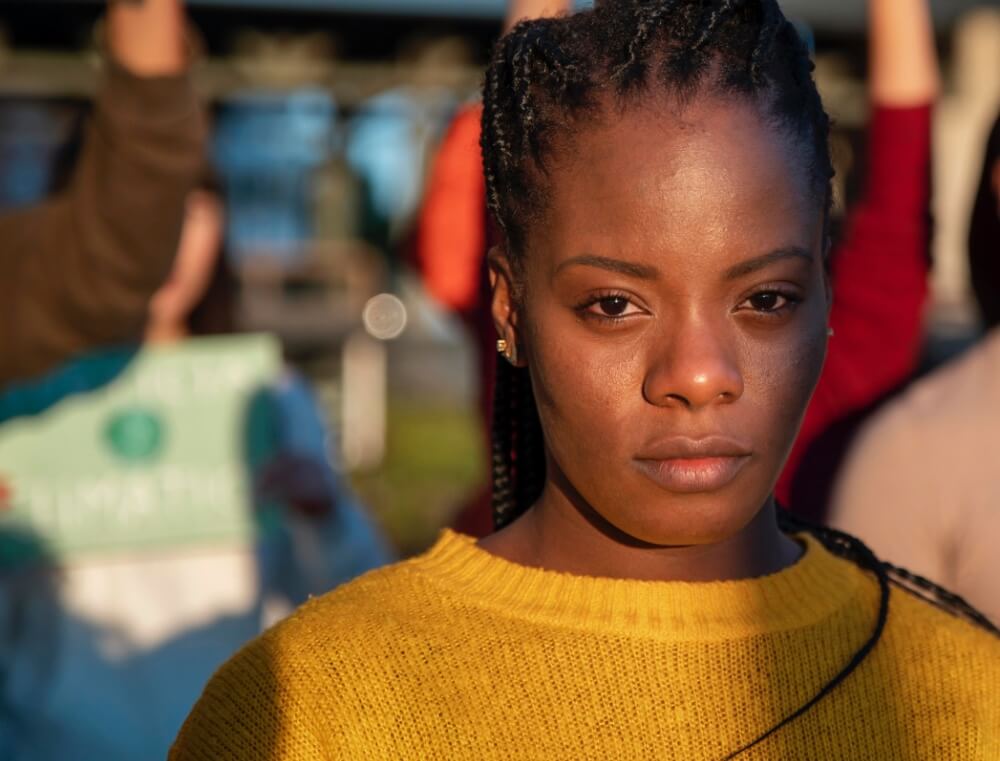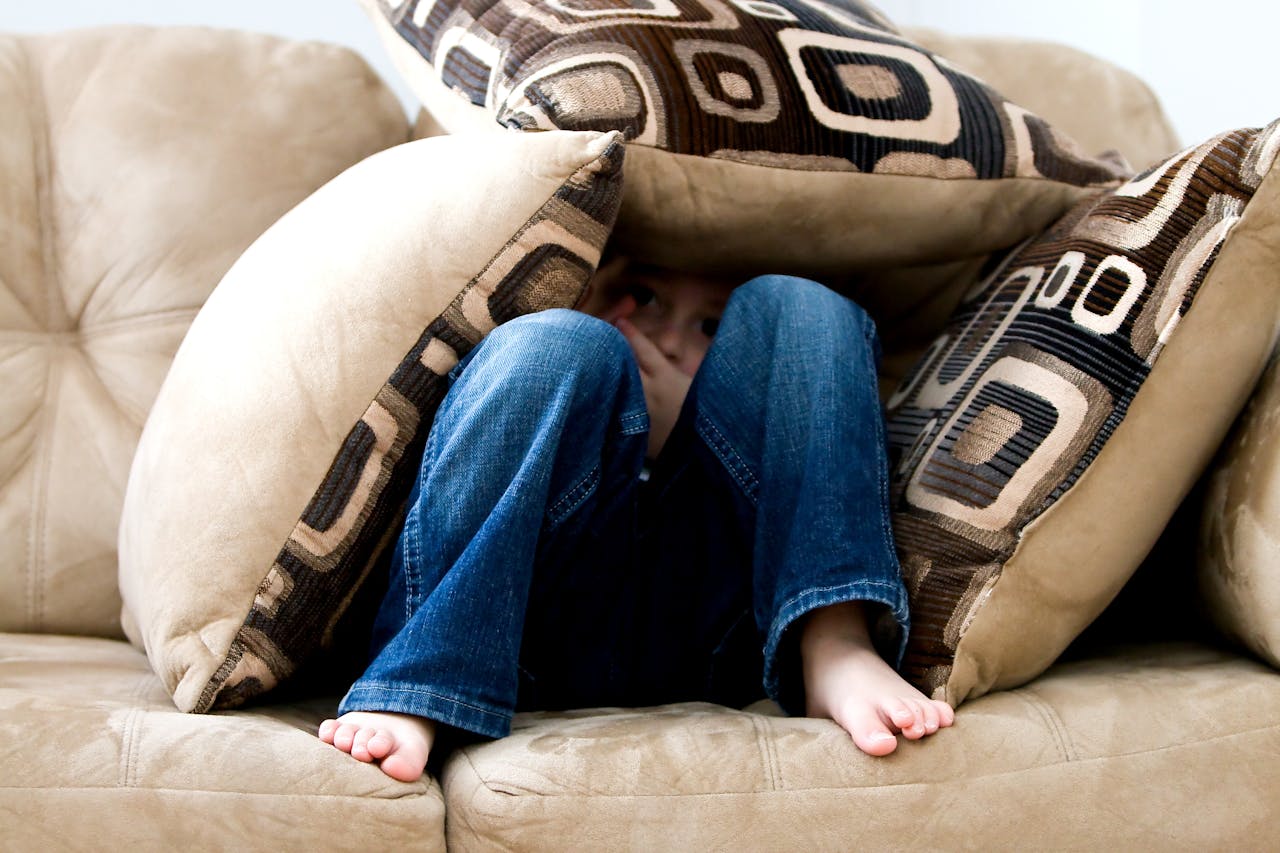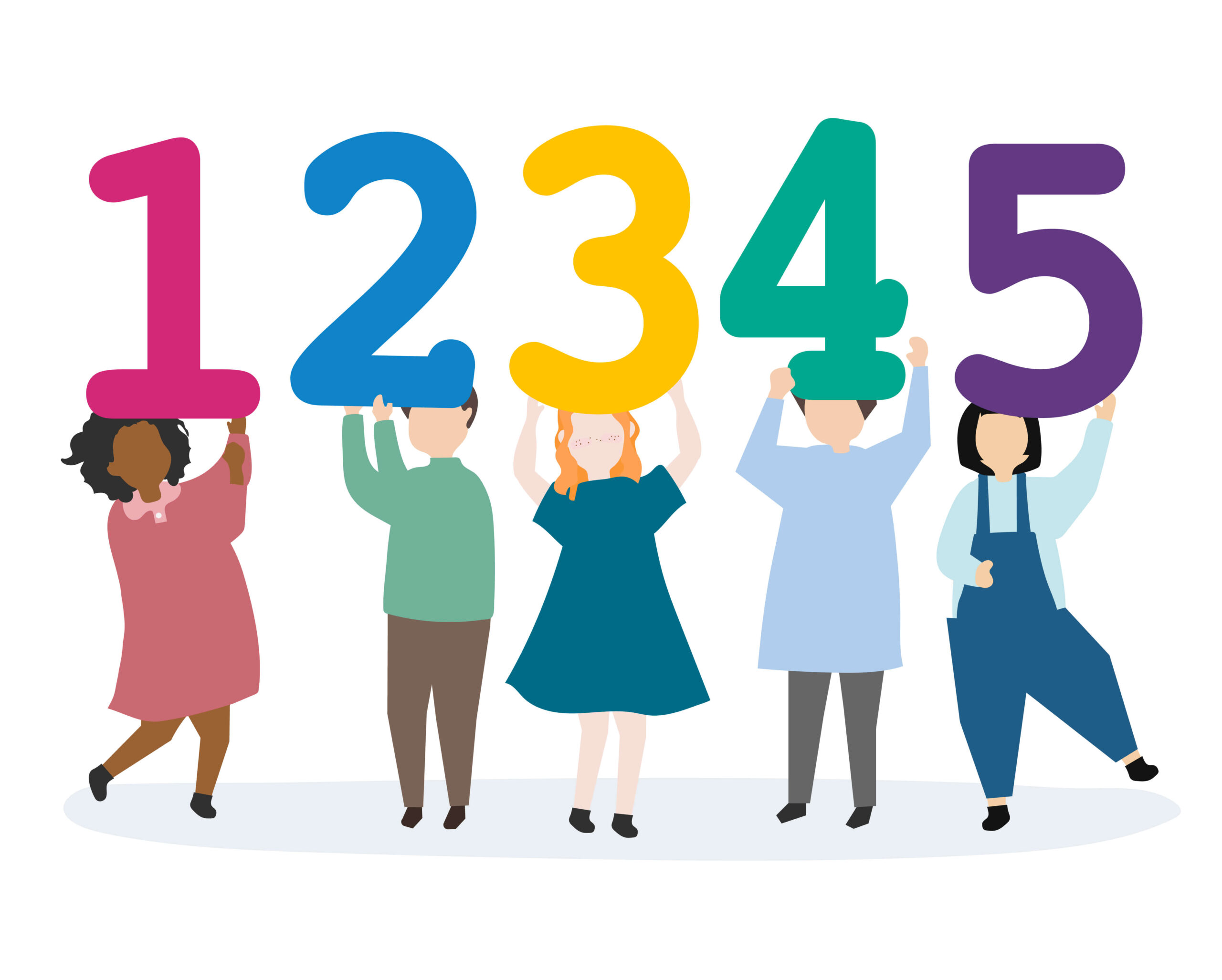One of the things that was so traumatising about the collective punishment that was callously perpetrated against my daughter was the light and evasive tone of the principal. She said that the punishment had to be “swift.” I frequently wondered about the choice to psychologically wound disabled children while treating the infliction of that wound as superficial, inevitable, or procedural—as though it were not a choice at all, but an automatic assumption. As if the action emerged from consensus, a cousin of policy, a friend of pedagogy. And yet somehow, again, my child is gone. And we are the ones carrying the consequences while everyone else smiles faintly and returns to their lunch break.
-
What replaced the strap in Canadian schools?
They took the strap away—or at least, they removed the physical instrument, the leather loop of institutional discipline that had once been the sanctioned mechanism of control in classrooms across the country. Even if we never felt it on our own skin, we knew what it meant; we had heard the sound of it slapped […]
The hive mind
In the rooms where educational harm is sanctioned, there are often very few people. A single teacher, sometimes exhausted before the bell, tasked with holding 26 children inside a system that is crumbling behind the bulletin boards. The vice principal may float through briefly, radiant with positivity and procedural grace, saying they want a good outcome. Another teacher arrives from the hallway, already smiling as they drop into the meeting like stepping into a warm bath, effortlessly syncing their posture and tone to the mood in the room. It is not numbers that confer power, but synchrony. The staff operate with the cohesion of a hive mind, defending one another without signal, preserving unity as if it were instinct. And so even with three or four people, the collective remains intact, and no one feels responsible—because their affective choreography makes them feel, to each other, like many.
This is the miracle of the punishment group. A phrase I have taken from a legal-economic model used to explain why institutions so often punish the many for the actions of a few. In the model, the person with authority must choose between investing time and resources in identifying the responsible party—or punishing a group. And if the cost of detection is high, or the process inconvenient, or the goal is not justice but deterrence, then group punishment becomes optimal.
The article that names this model is called Of Sinners and Scapegoats: The Economics of Collective Punishment. It was written by economists and legal scholars to explain why institutions punish groups even when they know innocent people will suffer. And it ends with a terrifying conclusion: when the goal is deterrence, punishing the innocent is not a bug. It is the feature that makes the system work. Innocent people can be punished more reliably, because they do not resist. They show up. They cry. They plead. They comply. They absorb.
Actors in a system of group punishment
My daughter has absorbed so much—always present, always observant, always alert to the shifting tone of the room. Fawning and freezing became the posture of survival, a strategy praised and reinforced through smiles, through touch she did not seek, through the quiet violence of being called good when she felt trapped inside her own body. The rewards for her stillness came at great cost. Her body learned to comply while her spirit strained against the weight of imposed affection and polished praise. Over time, through betrayal and dismissal, through unmet promises and the burden of being palatable, she transformed. Her actions now prompt the sanctioning of others. She is positioned as the cause of disruption, the justification for disciplinary action, the name whispered to explain collective consequence. The institution treats what it shaped as inconvenient. My daughter is framed as a disruption, a source of irritation, a problem inserted into their polished, saccharine performance. They prefer smoothness. She brings friction.
My son rarely becomes the target of collective punishment. He is a reason they hesitate. His response to injustice is swift, sometimes violent, always deeply felt. Their walk around him takes on caution, because they sense his threshold. They have made the conditions impossible for him to survive at school. He cannot be absorbed into their compliance model. They respond to his truth-seeking, fairness-aligned intensity with obstruction and avoidance. He remains willing to confront injustice, and they cannot crush that. But he’s been home in bed since March, the misalignment of roles having taken its toll.
I am the seam between them. I carry the memory of the shift—the punished becoming the punisher, the restrained becoming the risk. I sit at the table with all of it. Truth and fairness brand my core.
The dilution of guilt and the inflation of grief
In tort law, when several people cause harm, each bears only a share of the cost. Split between two, the burden is halved; divided among five, it drops to a fifth. With eight people in the room—eight professionals nodding in rhythm as they silently agree to deny my daughter support—each might carry just one-eighth of the guilt, while all depart for lunch on time.
This is the hidden symmetry of collective punishment: guilt, diffused across many; suffering, distilled into the few. Most often, it settles on those already pressed to the edge—poor children, disabled children, racialised children, traumatised children—those marked from multiple angles by structures of power and historical erasure.
Racialised children, especially Black and Indigenous children, are punished more often and more severely than their white peers, even when their behaviours are the same. And when race intersects with neurodivergence, gender nonconformity, or queerness, the sanctions intensify; children who carry these layered identities often receive the harshest discipline and the least support. The Child and Youth Rights in BC: A Closer Look report (July 2024)
This website contends that the system does not simply fail to protect them—it is designed to deliver this disproportionate harm. The emotional economy runs clean and sharp, moving injury to those least able to resist and distributing guilt just thinly enough to remain bearable for the collective who administers it.
And so the collective endures. The team remains intact. Smiles stretch across faces like polished glass, hiding the crack beneath. The meeting ends without rupture. No one feels too much, because no one is asked to hold the whole thing. Except the family.
-
Neural evidence exposes the steep cost of sacrificing vulnerable children to punitive myths
Neural evidence from Altered Neural Responses to Punishment Learning in Conduct Disorder offers a precise account of how punitive school discipline collides with the neurodevelopmental profiles of vulnerable children, because the study shows that punishment learning relies on the anterior insula’s capacity to transform discomfort…
The punished child is the emotional sacrament of the collective
In another article—one that studies the psychology of collectivist punishment practices—the authors show that tightly bonded groups often punish outsiders to protect identity. The outsider’s distress reaffirms unity. Their removal acts as a cleansing ritual—a way of saying, “We are still okay. We are still together.” Children rotate in and out. Staff remain—consistent, coordinated, a hive mind preserving the hive.
This is what happens to children who are dysregulated, disabled, racialised, gender nonconforming, demand avoidant, or simply too emotionally intense to be absorbed comfortably by the class. They are Othered. And once they are cast as outsiders, their suffering becomes a condition of the group’s coherence. Their pain stabilises the collective. Their silence becomes the price of harmony.
When my daughter is excluded from class, the rest of the students get to proceed. When my son is denied support, the resource teacher stays on schedule. Less lunchtimes are interrupted with meetings. When we are removed from the parent advisory committee, the principal does not have to explain why her staff failed to follow the IEP. The system functions by isolating harm within families while projecting unity outward. It punishes the outgroup in order to maintain the illusion of collective calm.
-
Cultural bias and collective punishment: why school systems resist feedback
Across cultures and institutions, punishment is often mischaracterised as a neutral or corrective act—something that emerges in response to wrongdoing, rather than something shaped by norms, loyalties, and group dynamics. But when we look closely at how people learn to punish (and more…
The refusal to rupture: why meetings feel like rituals of silence
What is so devastating about these meetings is not only that they produce injustice. It is that they are structured to preserve the group at all costs. To avoid rupture. To ensure that no one has to see the pain they have caused. The collective is so sacred that the child must be sacrificed before the group can be disturbed.
The system is designed to devastate disabled children and their families through coordinated denial, euphemistic language, and procedurally reinforced harm that distributes liability across the collective with such mechanical elegance that no single actor ever carries the full weight of the injury they enable, while the violence itself—constant, patterned, and psychologically ruinous—lands in full upon the body of the child and the heart of the parent.
Just a Parent
It allows each staff member preserves their reputation, their civility, and their distance through polished tone and affected calm, returning to their lunchrooms with guilt fractioned, empathy eroded, and policy upheld.
Yet that guilt, no matter how diluted, remains alive inside them, spreading like rot from the centre, disrupting sleep, dissolving clarity, making itself known in the body, and eventually, when the class actions coalesce and the testimony is laid bare and the comparison of records reveals what has long been true, each one who participated—whether through silence, complicity, or direct decision—will pay for what they did to our children.
-
The goodwill ledger: how schools calculate inclusion allotments
Schools in British Columbia keep an invisible ledger—one that tracks not just budgets, but emotions, tone, and perceived worthiness. Families who ask too clearly, too often, or on behalf of more than one child are quickly marked as overdrawn. This essay continues the…











